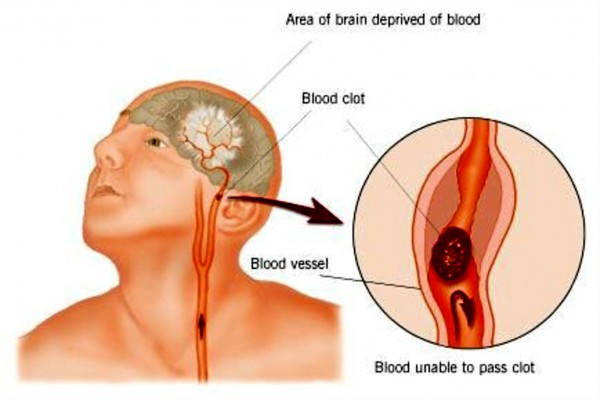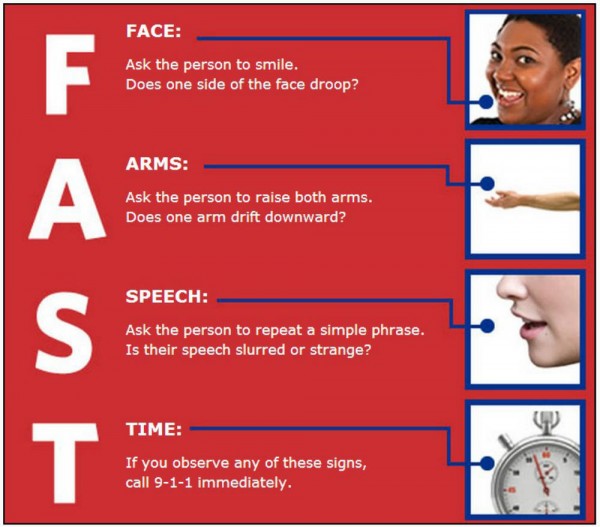Each year around 55,000 people, especially women, have a stroke. This is almost double the number of breast cancer.
According to a recent research report published by the American Heart Association, one in five women cannot recognize at least one of the warning signs of a possible stroke. The good news is that you could prevent it if you recognize the basic signs of this danger.
1. Preeclampsia develops in most women after 20 weeks of pregnancy. This is a disorder characterized by high blood pressure and high levels of protein in the urine. A high level of these two factors increases the stroke occurrence possibility.
Preeclampsia usually leaves after 6 weeks of pregnancy but increases the risk of stroke later in life. This means that if you have high blood pressure before pregnancy, the risk of developing preeclampsia is even 25% higher. You should do regular checks of blood pressure every six months to a year.
2. Migraines. Severe headaches in a woman’s skull cause ischemic stroke. It is 3-4 times more than in men. A stroke occurs when a clot blocks a blood vessel leading to the brain.
According to a report from Healthline, researchers explain the hypothesis that people who suffer from migraines have impaired function of blood vessels. It makes them much more susceptible to stroke. Since there is no specific cure for migraine, you have to take preventive measures to reduce the risk of stroke. Such measures are exercise, eating healthy foods, and not smoking.
3. Contraceptive Pills. Several studies have shown that women who take oral contraceptives are more susceptible to stroke than those who do not apply. It happens because the hormones in the pills cause blood clots and high blood pressure. This rare pill can certainly cause blood clots.
According to a study done on women 15 to 49 years, researchers have proven that smokers who have migraines with auras (flashing lights or blind spots) combined with birth control pills, had seven times more likely occurrence of stroke compared with those who do not smoke and do not take pills.
4. Fast and Irregular Heartbeat. When the upper parts of the heart beat rapidly and without synchronization with the two lower parts (atrial fibrillation or A-fib), the blood is retained in the upper parts of the heart and increases the risk of blood clots.
You can do a screen for A-fib at home with a simple 60-minute check pulse. If you notice that the beat is irregular and faster than normal, consult your doctor.



Act FAST and CALL 911 IMMEDIATELY at Any of These Stroke Signs

Leave a Comment
